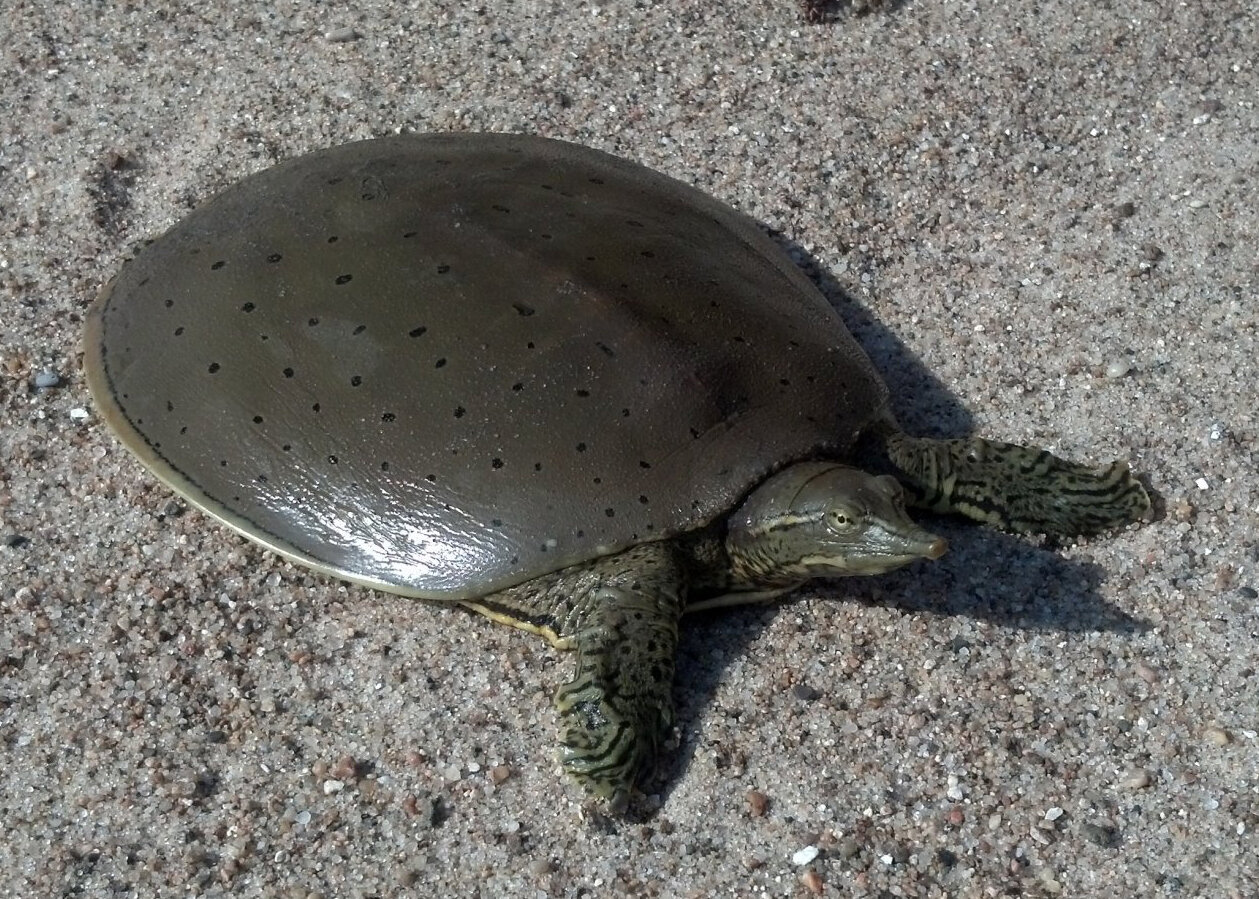As a kid growing up in southeast Texas, I spent a great deal of my time fishing in the ponds, lakes, and rivers. These are some of my best childhood memories — setting off on my bike with a fishing pole in one hand and a tackle box in the other. My friends and I were not too picky when it came to catching fish, but largemouth bass were the prized fish by most us. Over the years, we had all caught a turtle or three by accident — a dreaded capture by most as turtles can bite hard and typically resulted in a lost lure — lures were coveted by us kids.
Fast forward twenty years, and I am reading a scientific paper by Steen et al. (2014) which discusses fishing hook ingestion by turtles. Much to my surprise, the number of turtles with ingested fishing hooks ranged from 0-33% of the individual species sampled. This work occurred in the southeast U.S. - Tennessee and Virginia to be exact. This got be thinking… As an adult now living in the great state of Minnesota — the land of 10,000 lakes — might our turtles also be exposed to fishing hooks? Given the strong fishing culture here, I thought I would do a quick look into it.
I contacted the Wildlife Rehabilitation Center of Minnesota (WRC), a donation funded organization located in Roseville, Minnesota, to see if they have data that could help me scratch the surface of this question. The WRC is the nation’s busiest, and one of the oldest, wildlife hospitals.






